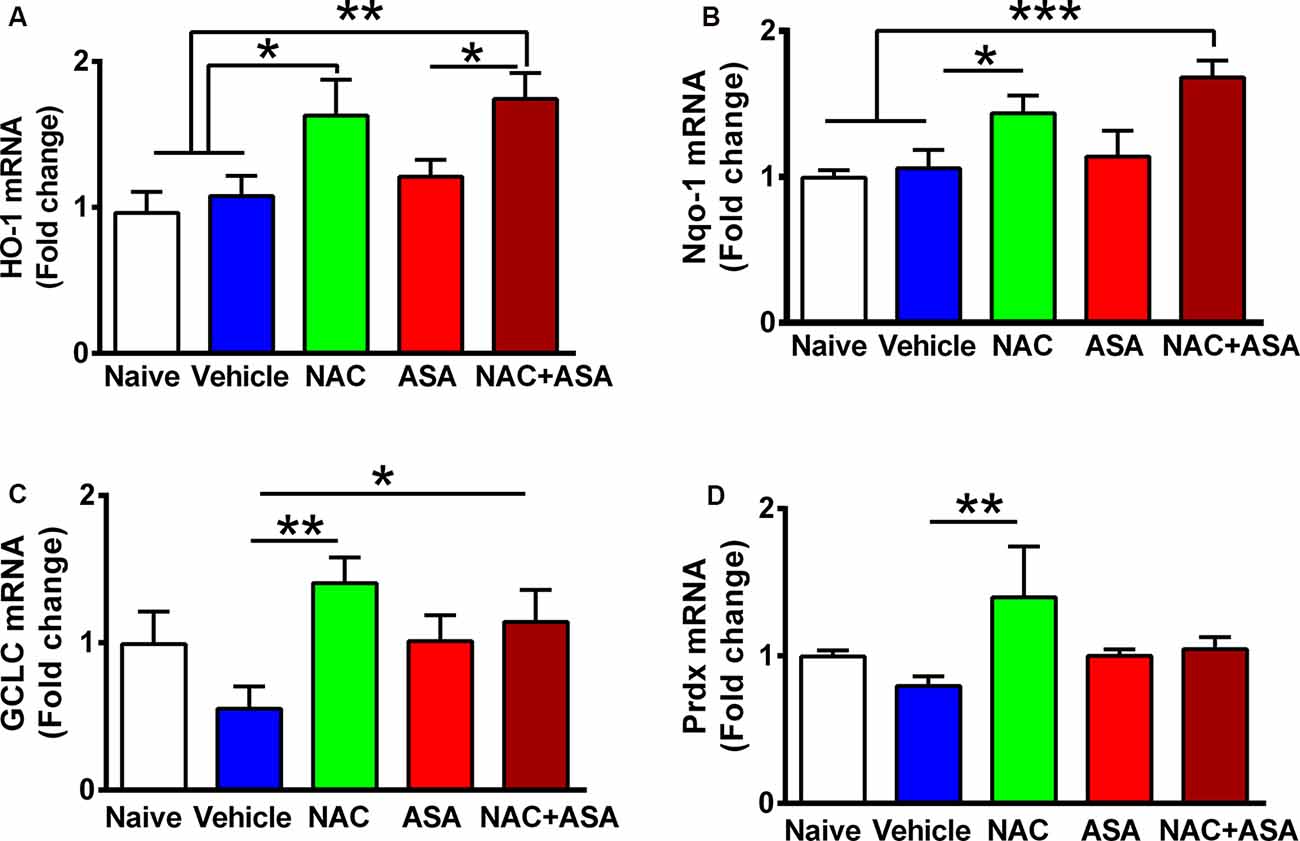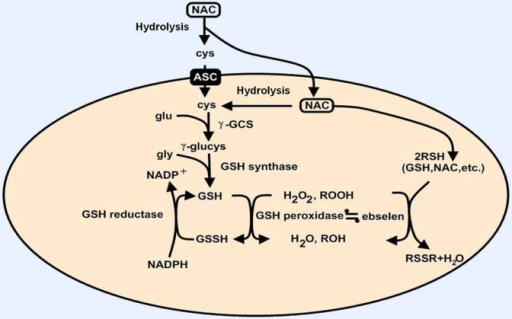

A major contributory factor for these errors was the complex dosing regimen for intravenous acetylcysteine. In the past there were also a substantial number of reports of administration errors with intravenous acetylcysteine, some of which had the potential to result in significant harm. By removing the need to assess risk factors for hepatotoxicity, the approved indication for acetylcysteine is greatly simplified to a single line on the paracetamol overdose treatment nomogram (figure 1).

The CHM review found that the evidence base to support the use of risk factors was poor and inconsistent, and that many of the risk factors for hepatotoxicity were imprecise and difficult to determine with sufficient certainty in clinical practice. This resulted in two lines on the treatment nomogram – 1 for patients with risk factors and 1 for those without. Previously, healthcare professionals treating paracetamol overdose were advised to assess for risk factors of hepatotoxicity such as chronic alcohol consumption, co-medications and poor nutritional intake. New simplified guidance on the treatment of acute paracetamol overdose with acetylcysteine is now in place, following an evidence-based review by the Commission on Human Medicines (CHM). After this time efficacy falls substantially, affording only a very limited window of time in which to successfully prevent serious hepatotoxicity. Intravenous acetylcysteine is the antidote to treat paracetamol overdose and is virtually 100% effective in preventing liver damage when given within 8 hours of the overdose. Paracetamol overdose can result in liver damage which may be fatal.


 0 kommentar(er)
0 kommentar(er)
